
views
Discharging Static Safely

Hold the metal frame as you exit the car. Most shocks happen because you and the car have picked up opposite charges. Leaving your seat separates these charges, creating the potential for a static shock. Touching the metal of the car as you get out lets the charge balance out by flowing harmlessly through your hand. If you still get shocked, the paint on the metal might not be conductive enough. Touch bare metal instead.
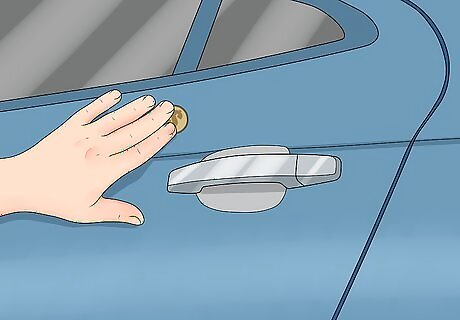
Use a coin to touch the car. Another way to protect yourself is to touch the car with a coin or other metal object after you get out. You might see a spark travel between the car and the coin, but it won't hurt your hand. Don't use a key that contains an electronic chip. The shock could destroy the chip and make your key unusable.
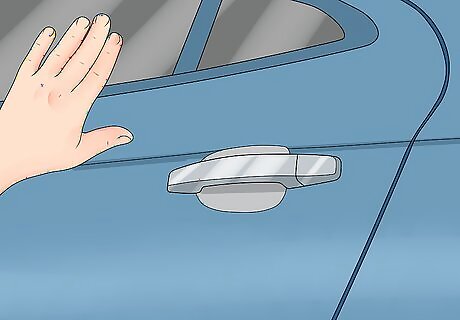
Touch the window for a couple seconds. If you've already left the car and don't have any coins on you, put your hand on the window. Glass is less conductive than metal, so the charge will run through you too gently to cause a shock.
Preventing Static
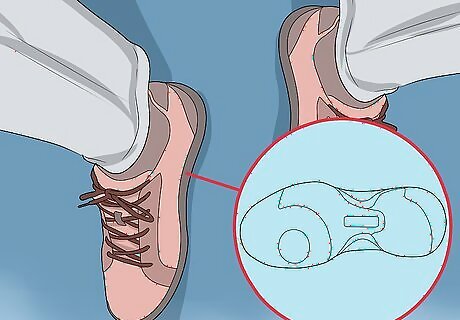
Wear shoes with conductive soles. Most shoes with rubber or plastic soles insulate you from the ground. If you switch to shoes with real leather soles, or special electrical static discharge (ESD) shoes, charge will have more trouble building up on your body. Even if you do pick up charge during a car ride, it should flow out through these shoes as soon as you step onto the ground.
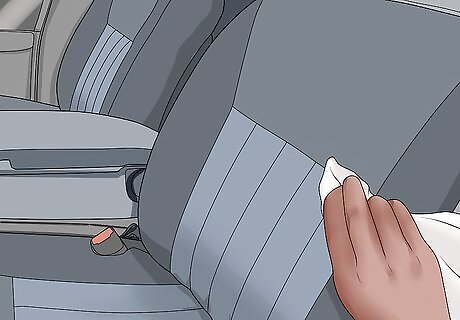
Treat the car seats with fabric softener. Rubbing fabric softener sheets onto the car seat can eliminate static cling, at least for a few days. Alternatively, mix a teaspoon (5 mL) of liquid fabric softener in a quart (liter) of water. Mix well and spray onto the seat.
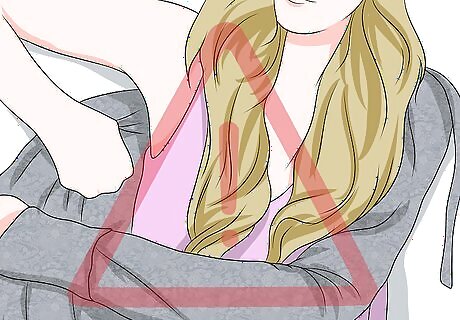
Be aware of your clothing. Synthetic materials, such as most modern fleeces, increase the risk of static shock. Even natural fibers like wool or cotton can build up a high charge, though, so it's not worth changing your wardrobe. Just be extra careful while you're wearing polyester.
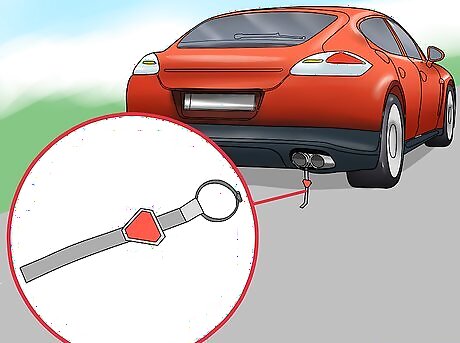
Attach a grounding strap if you have non-conductive tires. "Low rolling resistance" tires made with silica are poor electrical conductors. This can cause the car to pick up a static charge as you drive, since it can't discharge it into the ground. A static discharge strap that connects your car to the road can solve this problem. Very old vintage cars may use plain white rubber tires, which have the same problem. Ordinary tires are treated with carbon black, a conductive material. A grounding strap makes no difference for cars with these tires. (Shocks can still happen, but the charge difference is between you and the car, not the car and the ground.)




















Comments
0 comment